Implementation and Routing Performance Analysis Based on Network Simulator-3 for Coordinate Radio-Acoustic Network
-
摘要: 水下无线通信主要依靠水声通信的方式进行信息传输。但水声链路本身具有高时延和高误码率等不足,为水下应用提供低时延的通信服务是一项具有挑战性的工作。声电协同网(CRAN)旨在充分利用水面无线电链路弥补水声网络(UAN)的性能局限,提升网络的整体性能。其中,CRAN中的路由协议需要构建声、电混合路径,是声电协同网络研究中的关键问题。该文首先在网络模拟器3(NS-3)中设计并实现了声电浮标节点与CRAN协议栈,搭建了CRAN的仿真平台。随后探讨了以无线自组网按需平面距离向量路由协议(AODV)为代表的被动式路由在CRAN中的应用。该文发现,AODV协议使用的距离向量准则在CRAN中能够更多地选择高速的无线电链路进行数据转发,有效地降低了网络传输时延。最后,通过仿真对AODV与其他协议的性能进行了对比、分析。结果表明,CRAN在投递率、传输时延、网络吞吐量、能效和路由响应速度方面对比水声通信网有较大提升。同时,以AODV为代表的被动路由协议,相比于以优化链路状态路由协议(OLSR)为代表的主动路由协议更适用于CRAN。Abstract: Underwater wireless communication mainly relies on underwater acoustic communication for information transmission. The high propagation delay and high bit error rate of underwater acoustic link, however, is a challenging task to provide low delay communication services for underwater applications. The Coordinate Radio-Acoustic Network (CRAN) aims to utilize fully the on-surface radio link to mitigate the shortcoming of Underwater Acoustic Network (UAN) and improve the performances of whole network. The routing protocol of CRAN needs to construct the heterogeneous acoustic-radio links which is one of the key researches to CRAN. In this paper, first, the design of buoy node and internet-stack with its’ implementation in NS-3 are introduced, and the simulation platform of CRAN in Network Simulator 3 (NS-3) is built. Second, the application of reactive routing protocol as Ad-hoc On-demand Distance Vector routing (AODV) to CRAN is discussed, and it is found that AODV used distance vector could select more high-speed radio links during route construction, which could effectively reduce the network transmission delay. Finally, the performance of AODV and its counterpart are compared and analyzed through the simulation. The results show that, compared with underwater acoustic communication network, CRAN has a great improvement in transmission delay, packet delivery rate, network throughput, energy efficiency and routing response speed. At the same time, the reactive routing protocol represented by AODV is more suitable than the active routing protocol represented by Optimized Link State Routing (OLSR) for CRAN.
-
表 1 仿真参数设置
仿真参数名称 参数值 水声通信中心频率(kHz) 25 水声通信带宽(kHz) 10 水声通信调制方式 PSK 无线电符号速率(Mbps) 1 无线电调制方式 OFDM 无线电传播速度(km/s) 3×108 节点移动速度(m/s) 1 水深(m) 500 水下声速(m/s) 1500 数据包发送间隔(s) 3 仿真时长(s) 2000 水声通信传输距离(km) 2 数据包长度(Byte) 400 水声通信符号速率(bps) 12000 -
[1] 夏明华, 朱又敏, 陈二虎, 等. 海洋通信的发展现状与时代挑战[J]. 中国科学:信息科学, 2017, 47(6): 677–695. doi: 10.1360/N112017-00016XIA Minghua, ZHU Youmin, CHEN Erhu, et al. The state of the art and challenges of marine communications[J]. Scientia Sinica Informationis, 2017, 47(6): 677–695. doi: 10.1360/N112017-00016 [2] CELLA U M, JOHNSTONE R, and SHULEY N. Electromagnetic wave wireless communication in shallow water coastal environment: Theoretical analysis and experimental results[C]. The Fourth ACM International Workshop on UnderWater Networks, Berkeley, United States, 2009: 9. [3] SAJMATH P K, RAVI R V, and MAJEED K K A. Underwater wireless optical communication systems: A survey[C]. The 7th International Conference on Smart Structures and Systems (ICSSS), Chennai, India, 2020: 1–7. [4] ALI M F, JAYAKODY D N K, CHURSIN Y A, et al. Recent advances and future directions on underwater wireless communications[J]. Archives of Computational Methods in Engineering, 2020, 27(5): 1379–1412. doi: 10.1007/s11831-019-09354-8 [5] LI Yuzhou, WANG Shengnan, JIN Cheng, et al. A survey of underwater magnetic induction communications: Fundamental issues, recent advances, and challenges[J]. IEEE Communications Surveys & Tutorials, 2019, 21(3): 2466–2487. doi: 10.1109/COMST.2019.2897610 [6] COATELAN S and GLAVIEUX A. Design and test of a multicarrier transmission system on the shallow water acoustic channel[C]. OCEANS'94, Brest, France, 1994: III/472–III/477. [7] LIU Yun, CHEN Fangjiong, JI Fei, et al. A new amphibious network infrastructure with hybrid acoustic and radio links[C]. The Eighth ACM International Conference on Underwater Networks and Systems, Kaohsiung, China, 2013: 22. [8] 朱敏, 武岩波. 水声通信技术进展[J]. 中国科学院院刊, 2019, 34(3): 289–296. doi: 10.16418/j.issn.1000-3045.2019.03.006ZHU Min and WU Yanbo. Development of underwater acoustic communication technology[J]. Bulletin of Chinese Academy of Sciences, 2019, 34(3): 289–296. doi: 10.16418/j.issn.1000-3045.2019.03.006 [9] 官权升, 陈伟琦, 余华, 等. 声电协同海洋信息传输网络[J]. 电信科学, 2018, 34(6): 20–28. doi: 10.11959/j.issn.1000-0801.2018196GUAN Quansheng, CHEN Weiqi, YU Hua, et al. Acoustic-radio cooperative marine information network[J]. Telecommunications Science, 2018, 34(6): 20–28. doi: 10.11959/j.issn.1000-0801.2018196 [10] CHEN Fangjiong, JIANG Zilong, JI Fei, et al. Radio-acoustic integrated network for ocean information transmission: Framework and enabling technologies[J]. China Communications, 2021, 18(9): 62–70. doi: 10.23919/JCC.2021.09.006 [11] XIE Peng, CUI Junhong, and LI Lao. VBF: Vector-based forwarding protocol for underwater sensor networks[C]. The 5th International IFIP-TC6 Networking Conference on Networking Technologies, Services, and Protocols; Performance of Computer and Communication Networks; Mobile and Wireless Communications Systems, Coimbra, Portugal, 2006: 1216–1221. [12] NICOLAOU N, SEE A, XIE Peng, et al. Improving the robustness of location-based routing for underwater sensor networks[C]. OCEANS 2007-Europe, Aberdeen, United Kingdom, 2007: 1–6. [13] YAN Hai, SHI Z J, and CUI Junhong. DBR: Depth-based routing for underwater sensor networks[C]. The 7th International IFIP-TC6 Networking Conference on Ad Hoc and Sensor Networks, Wireless Networks, Next Generation Internet, Singapore, 2008: 72–86. [14] PERKINS C E and ROYER E M. Ad-hoc on-demand distance vector routing[C]. WMCSA'99. Second IEEE Workshop on Mobile Computing Systems and Applications, New Orleans, USA, 1999: 90–100. [15] JACQUET P, MUHLETHALER P, CLAUSEN T, et al. Optimized link state routing protocol for ad hoc networks[C]. IEEE International Multi Topic Conference, 2001. IEEE INMIC 2001. Technology for the 21st Century, Lahore, Pakistan, 2001: 62–68. [16] LUO Junhai, CHEN Yanping, WU Man, et al. A survey of routing protocols for underwater wireless sensor networks[J]. IEEE Communications Surveys & Tutorials, 2021, 23(1): 137–160. doi: 10.1109/COMST.2020.3048190 -





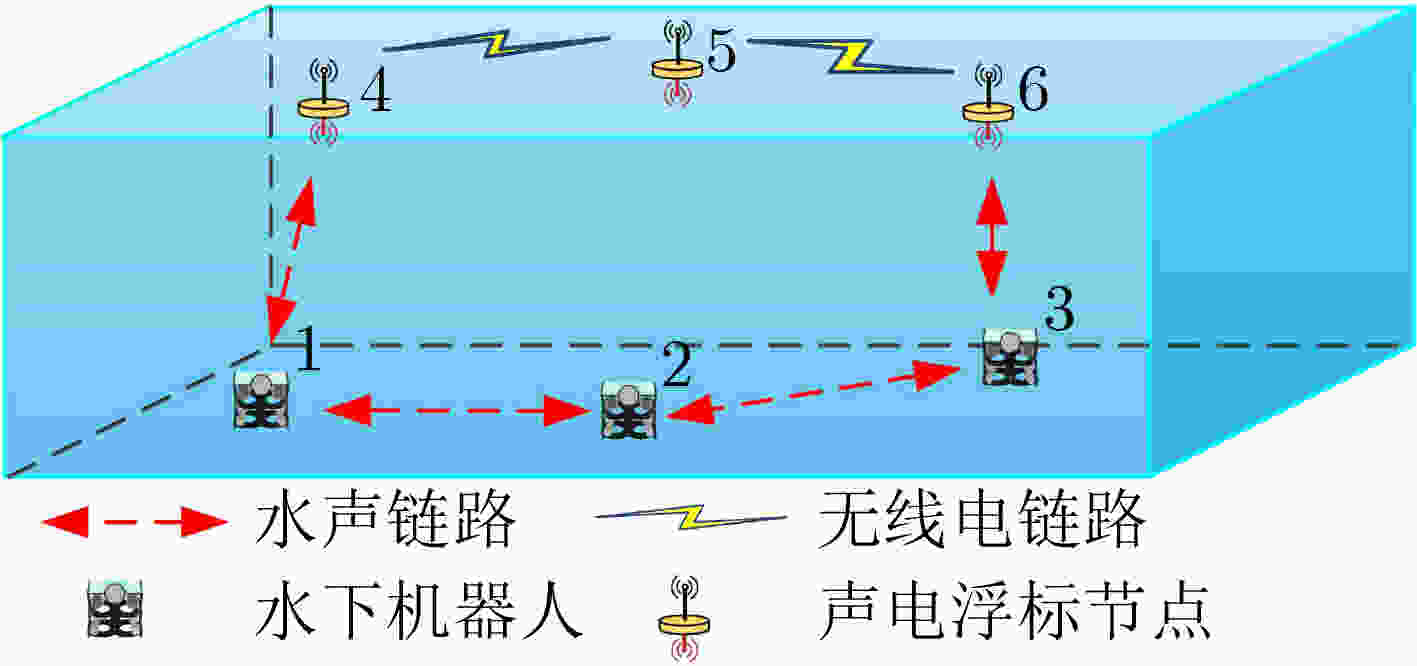
 下载:
下载:
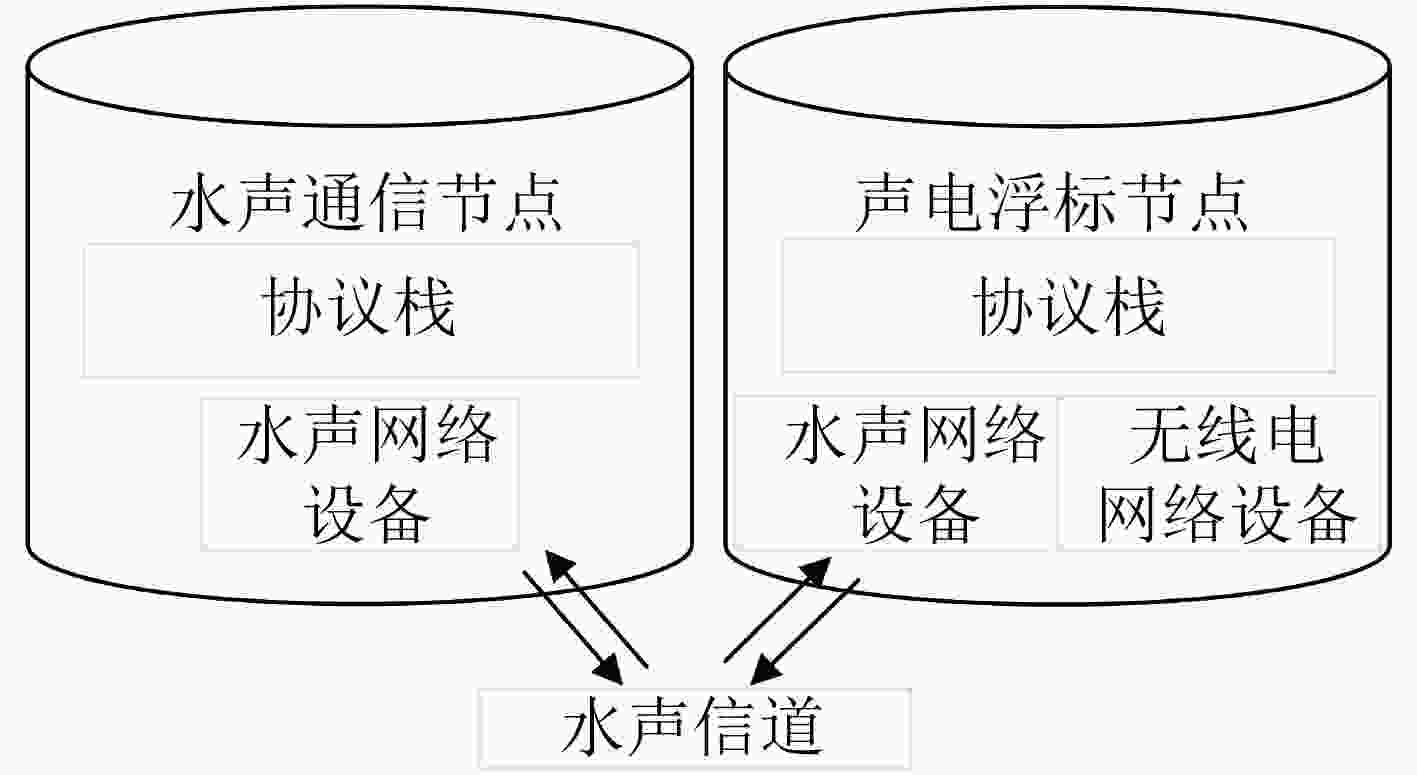

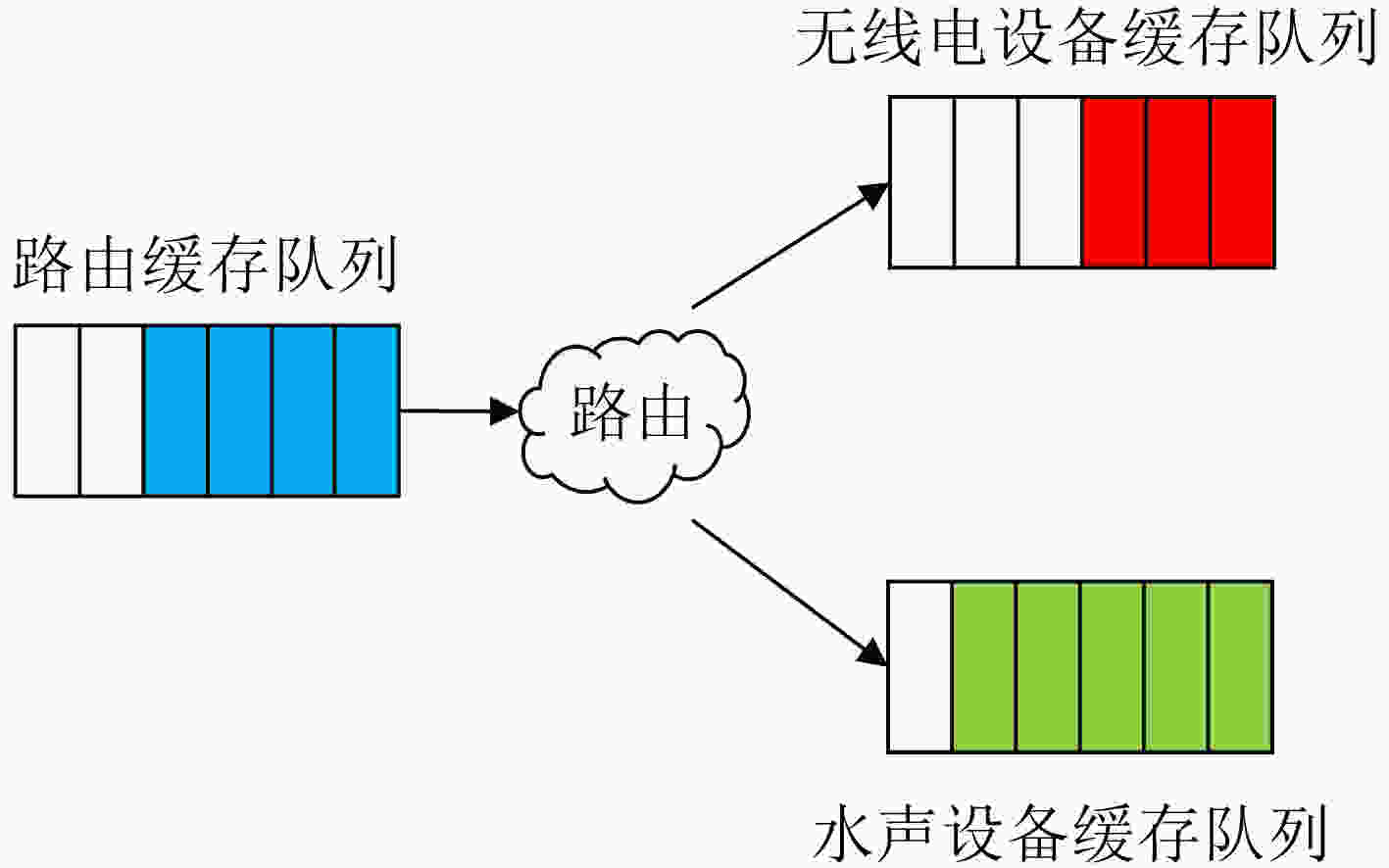
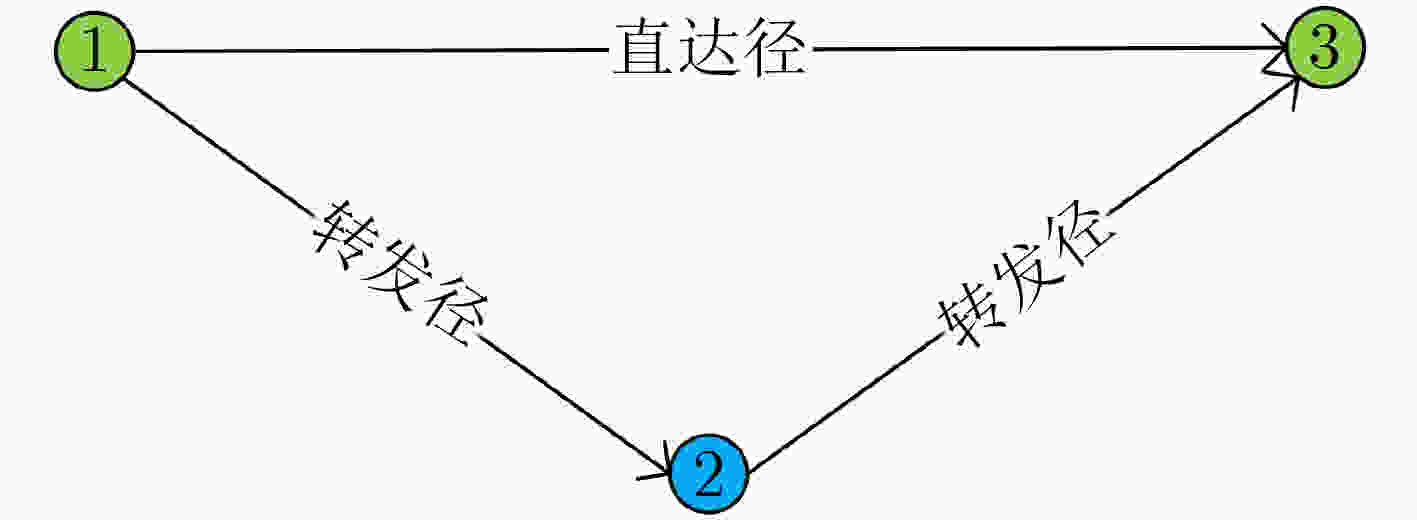

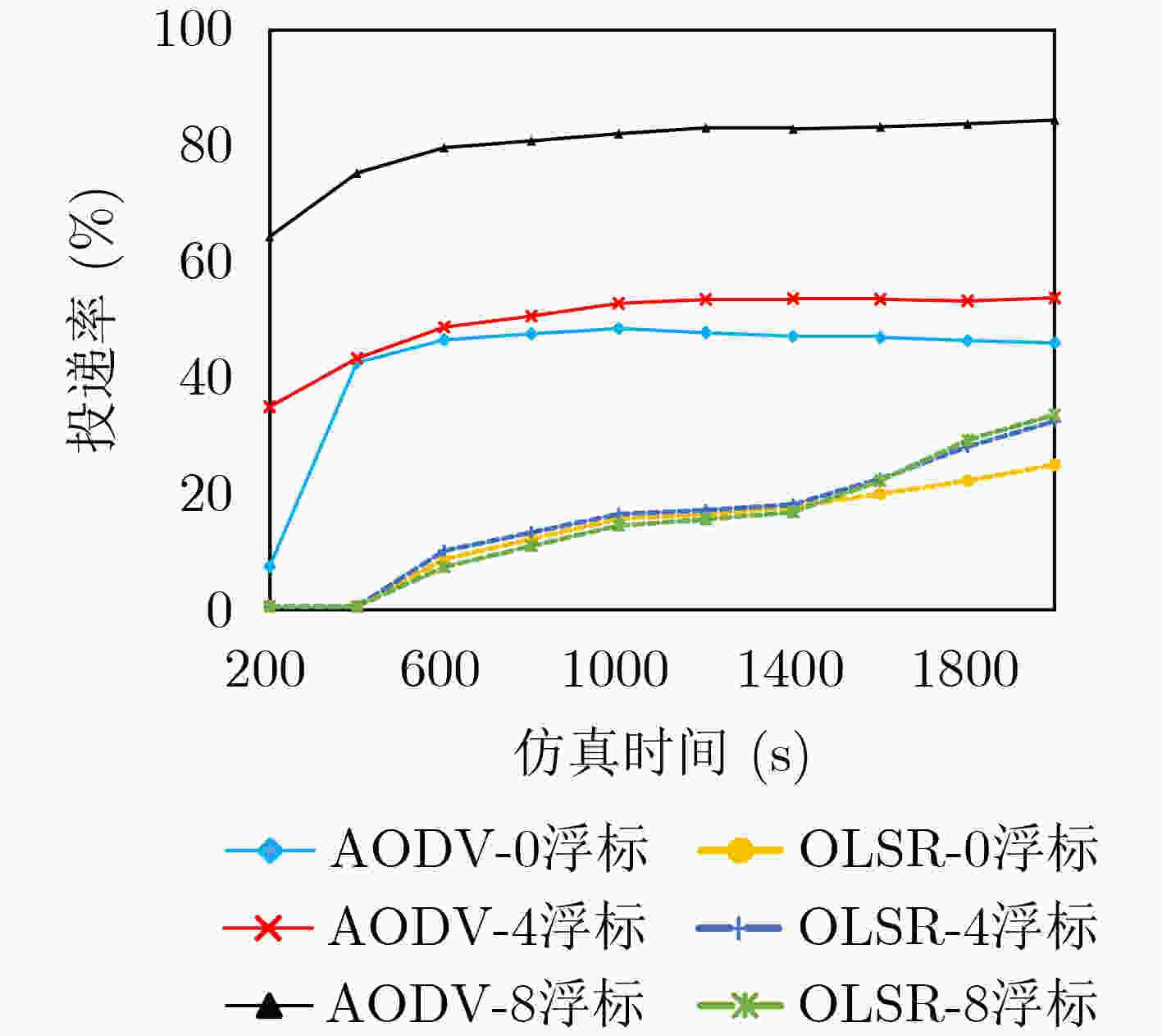

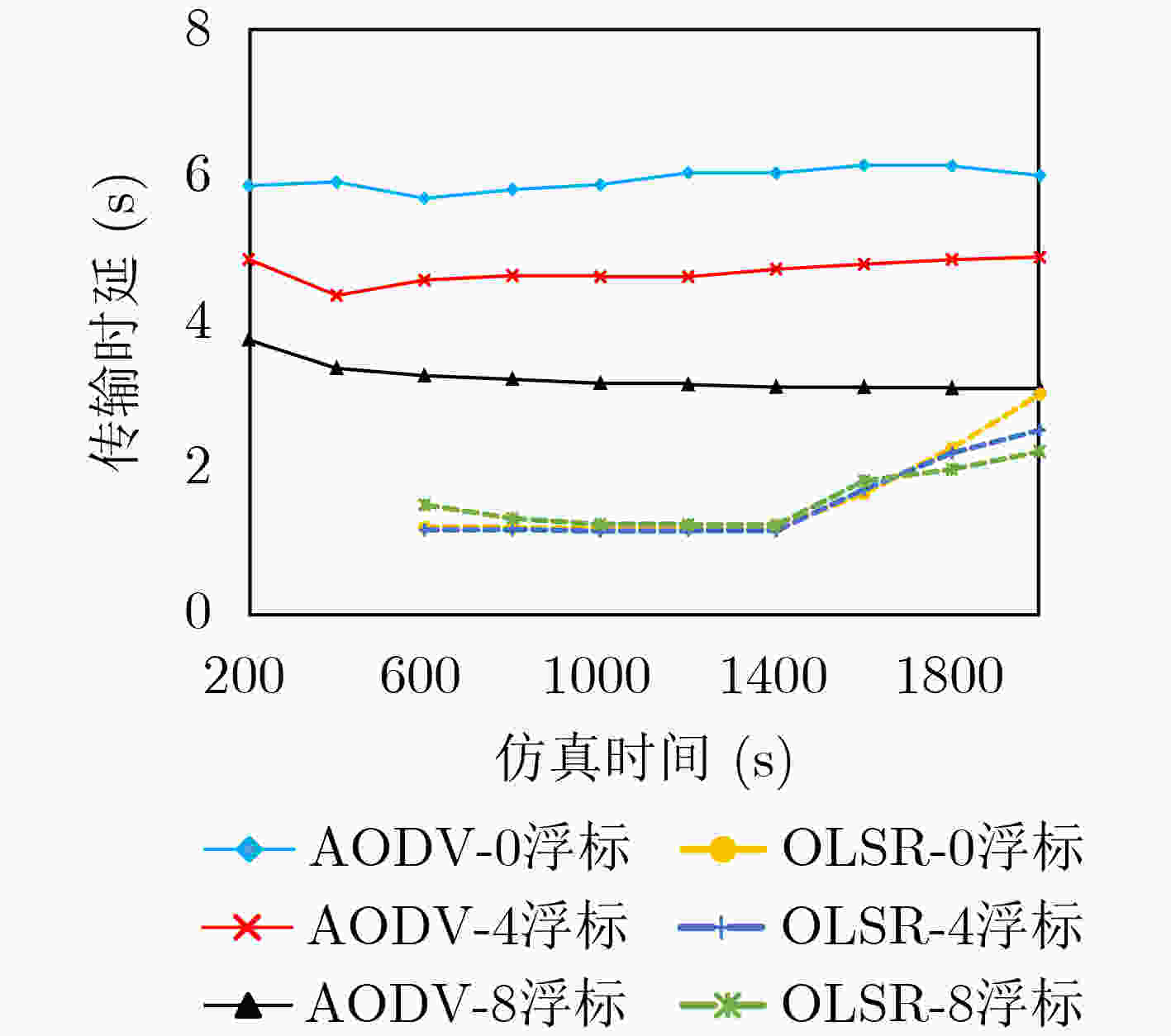
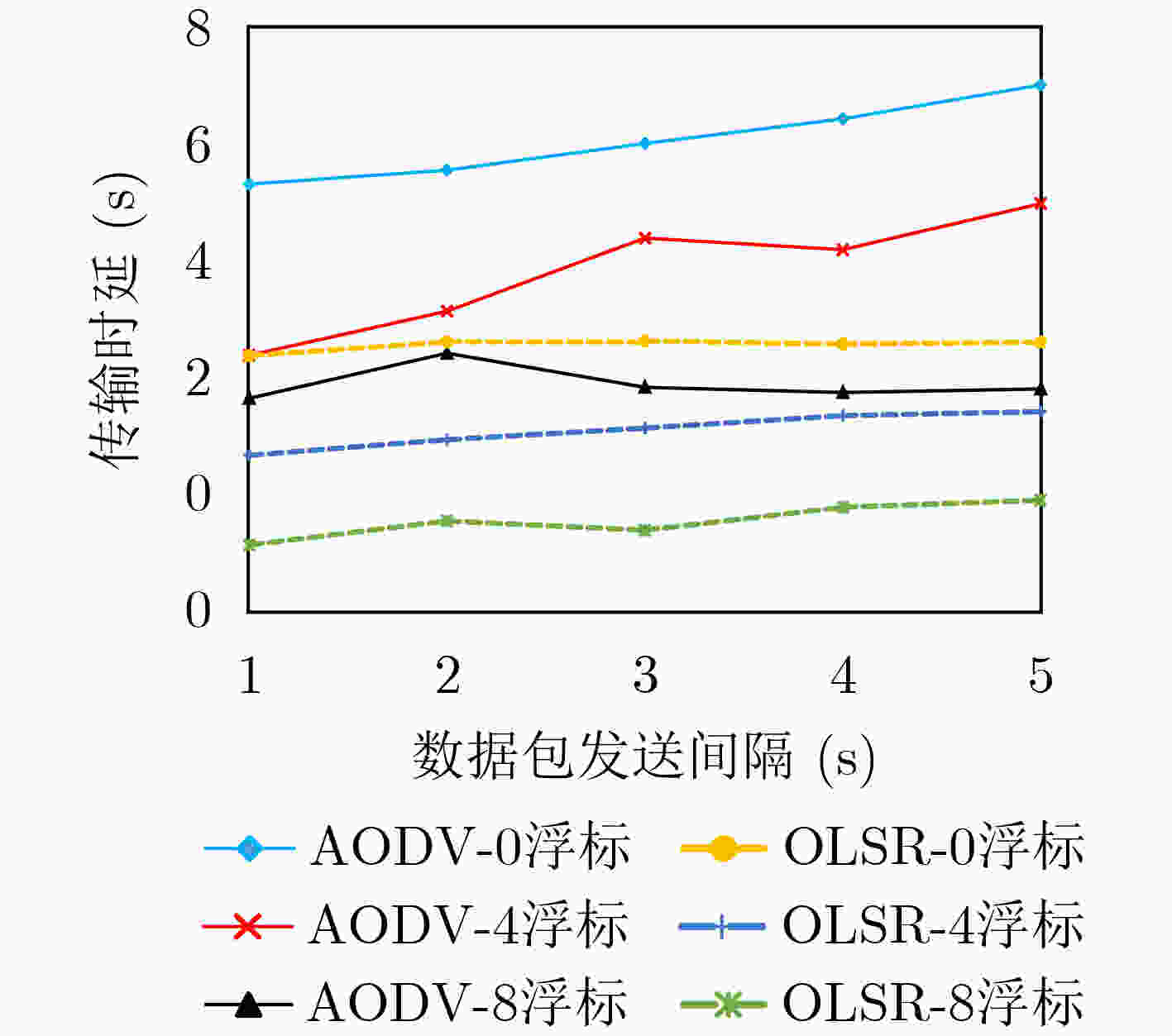
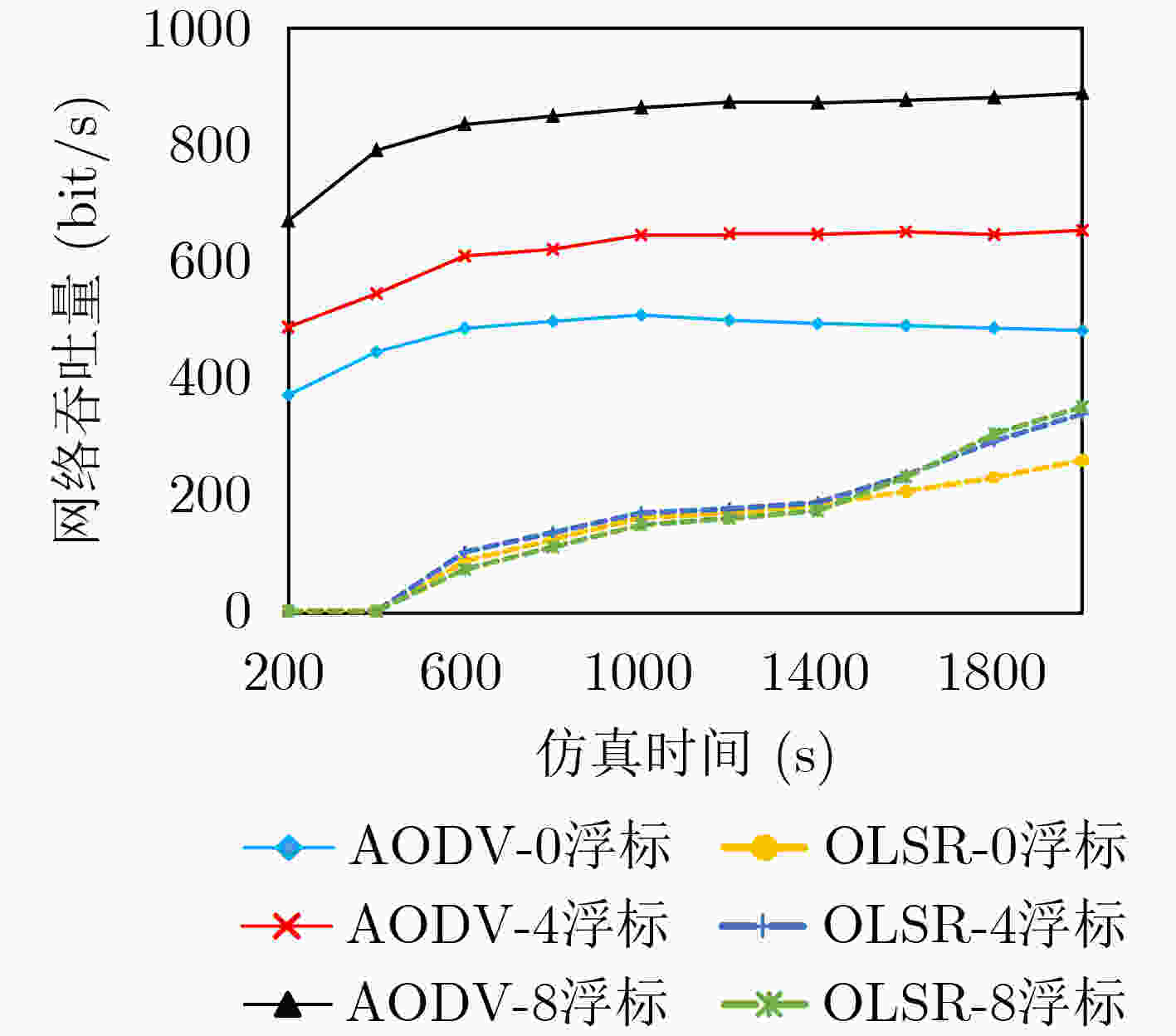
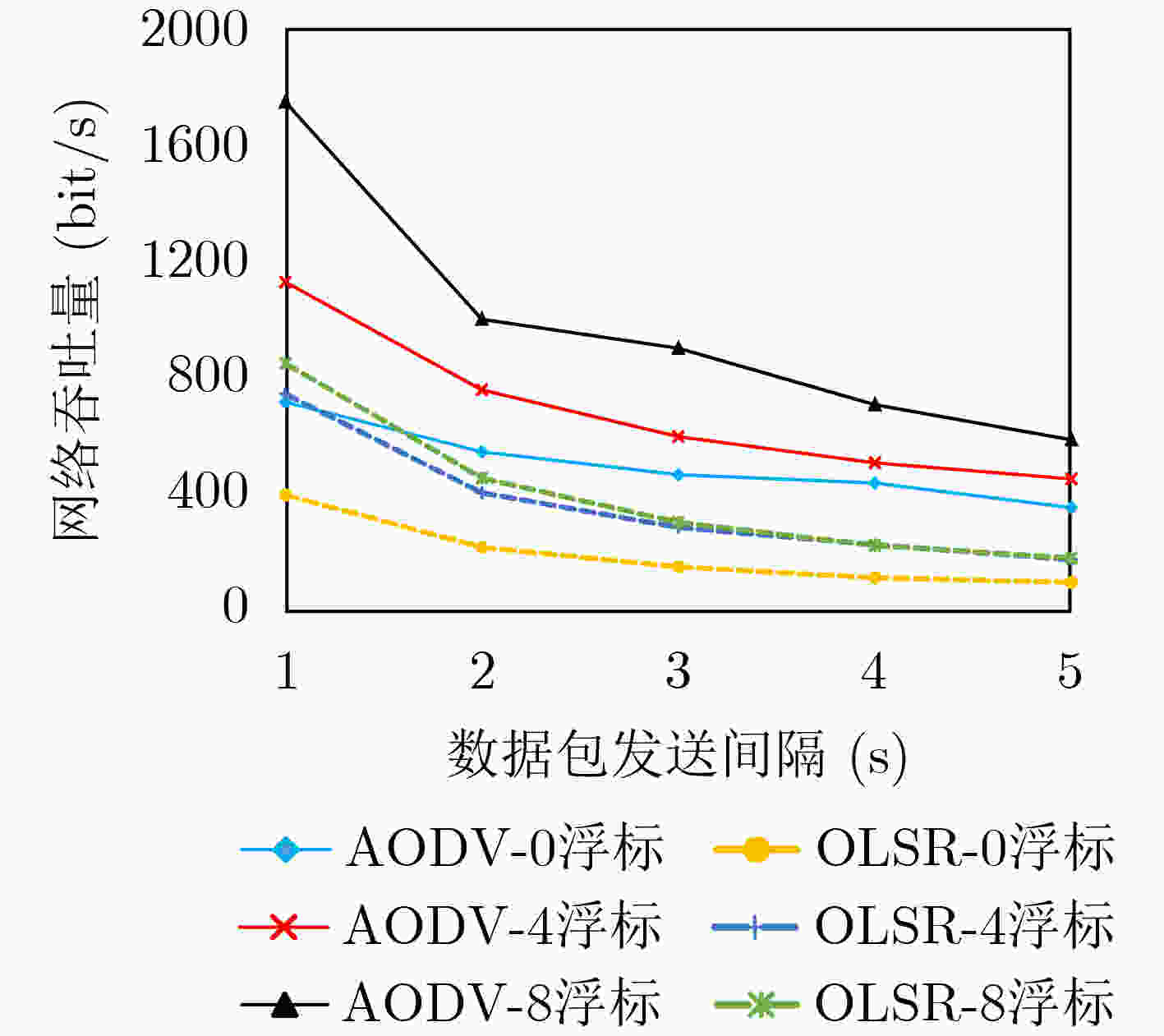
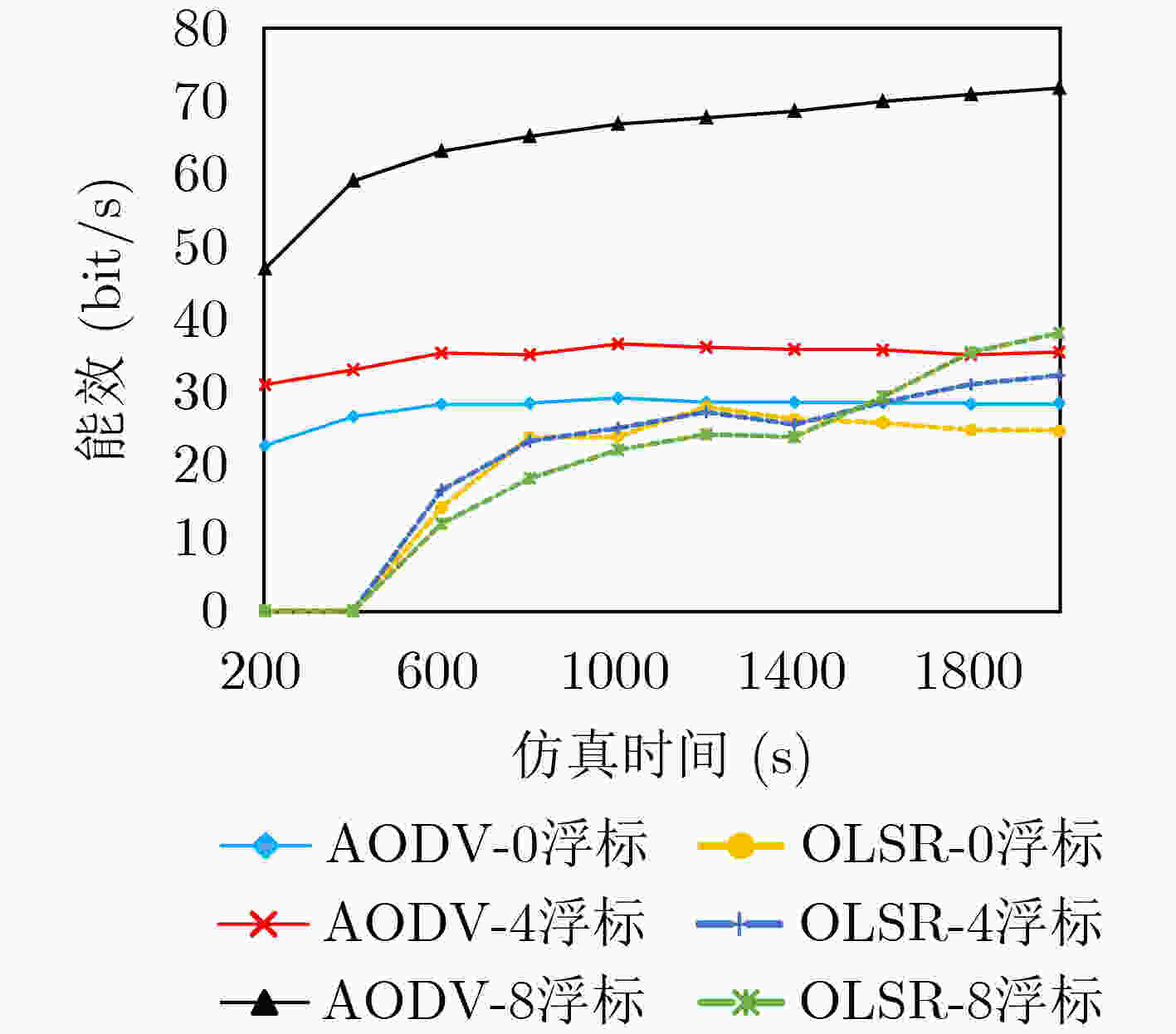
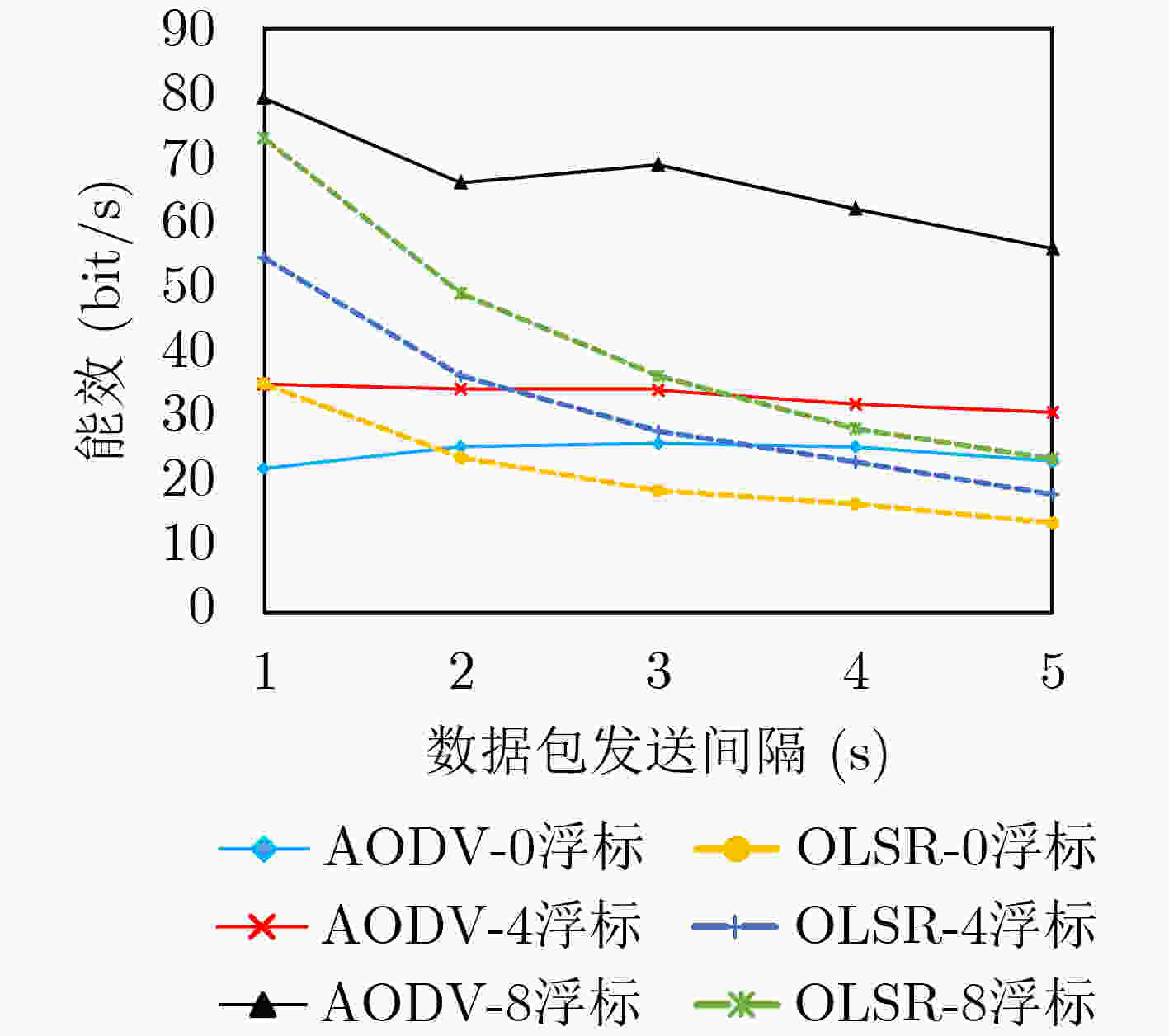
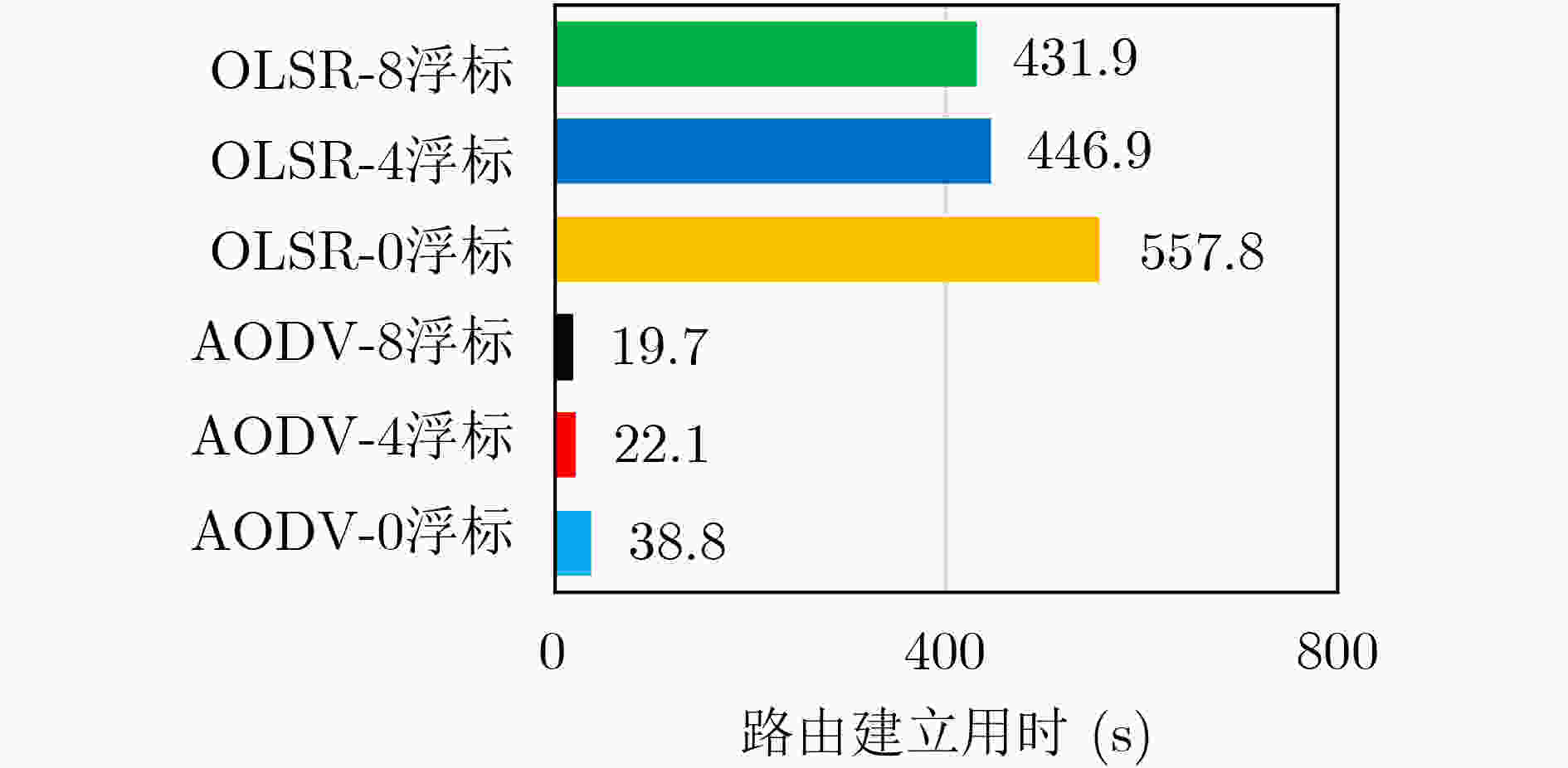
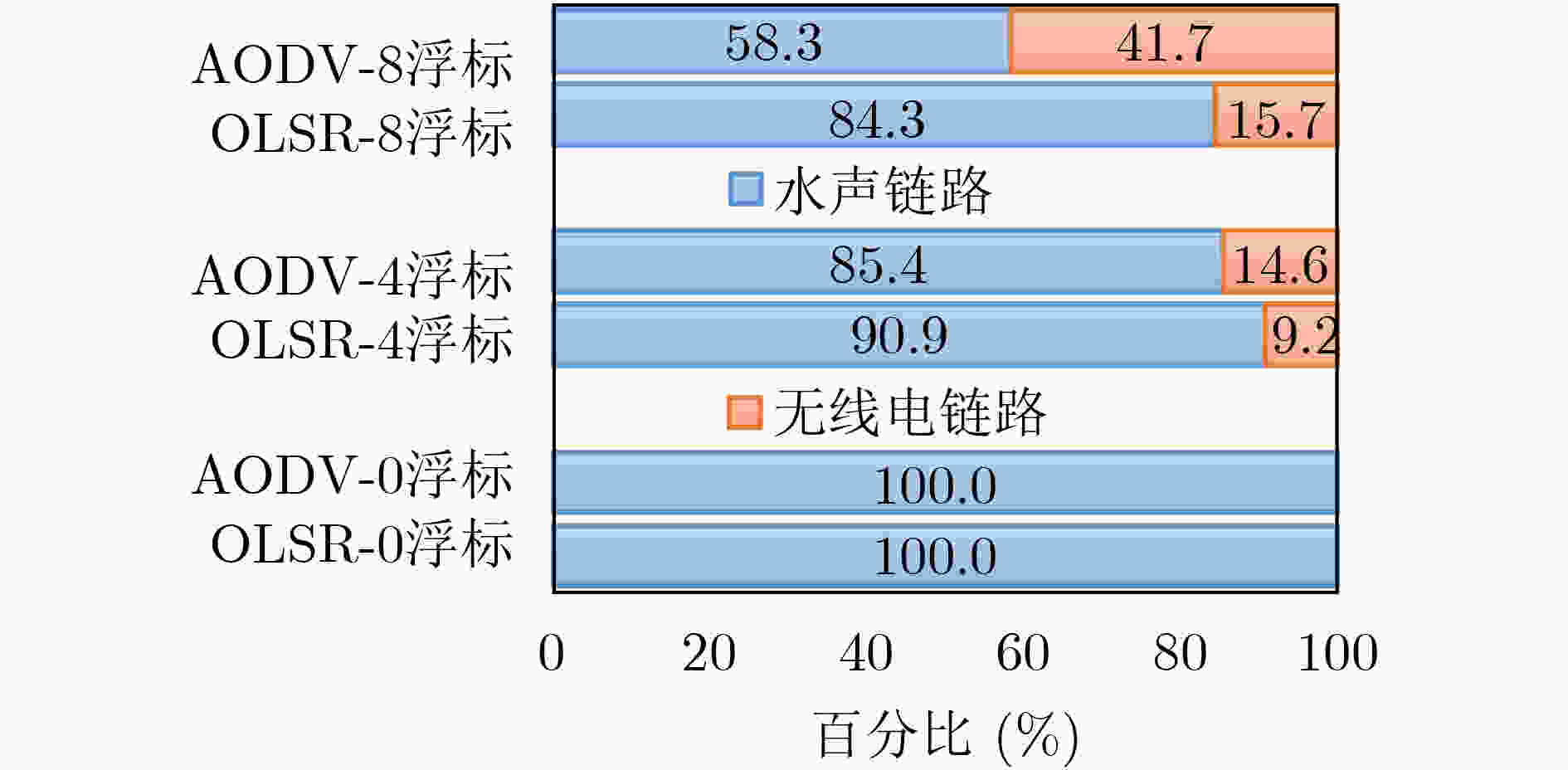


 下载:
下载:
